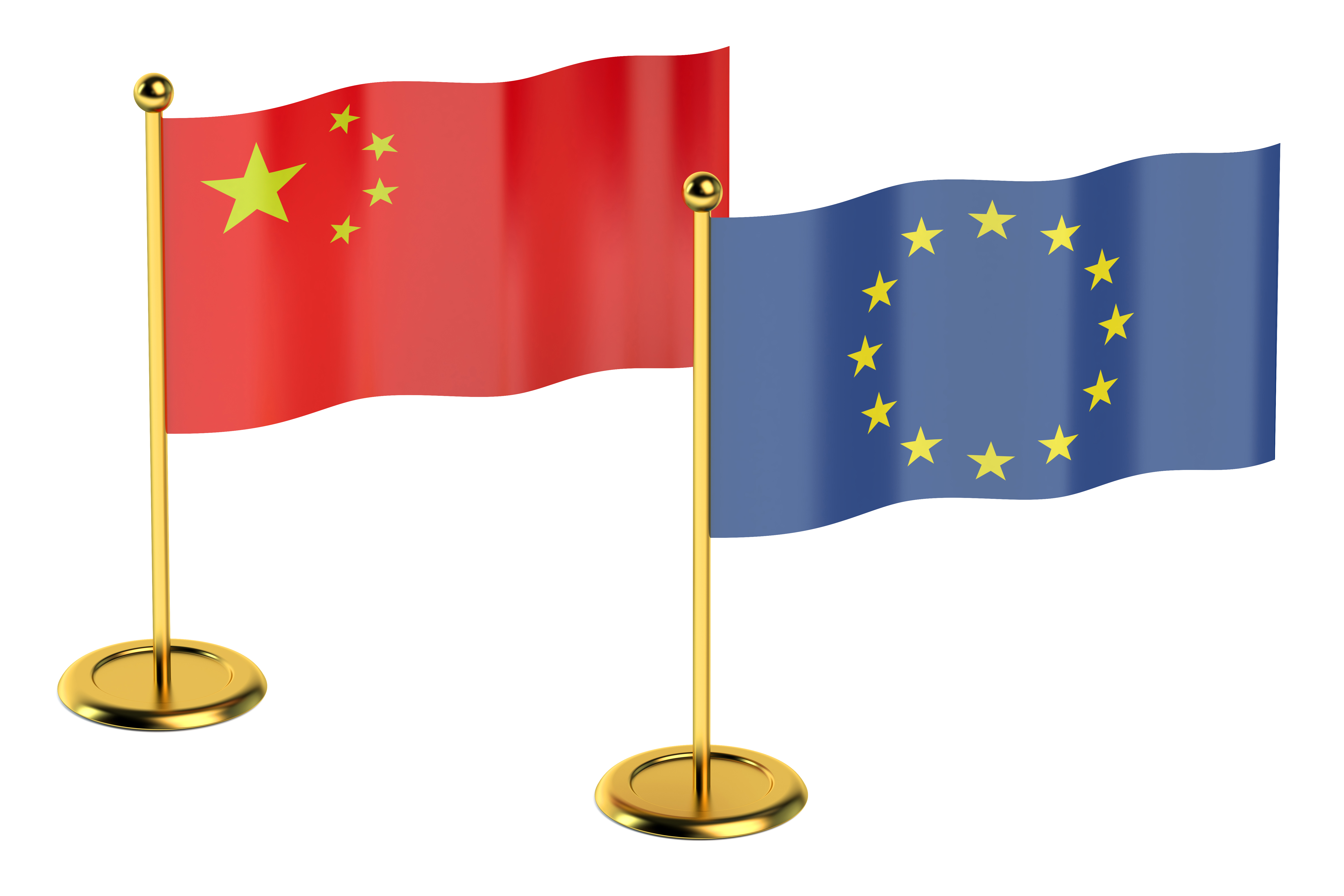News
Air pollution
Air pollution from industry production
Clean air in transportation
EU and China sign new carbon trading agreement


The two largest carbon quota markets in China and the EU will henceforth work in closer conjunction. The two parties recently signed a new declaration at a summit meeting held in Beijling in July. Both China and the EU have made a series of of bilateral commitments including "to further enhance and reinforce bilateral cooperation activities on emissions trading." The cooperation aims to share experience and expertise concerning carbon trading.
"Both sides also agree to expand their collaboration to further facilitate the implementation and development of emissions trading systems, including through technical workshops between carbon market experts with a view to exchanging experience and expertise on how to develop, run and review Emissions Trading Systems and, in the longer run, consider ways to further cooperate together," the joint statement writes.
China's rebirth as carbon behemoth
China's relatively new market for CO2 quotas includes the country's enormous energy sector. Initially, the plan was to include additional sectors, including heavy industry – around 1,700 facilities were included at the market's inception. That number accounts for 3,500 megatons of CO2 emissions, or approximately 34 percent of China's total emissions of the greenhouse gas. For comparison, the EU's quota system (ETS) pertains around 1,900 megatons. While China's carbon trade can potentially become much larger than the EU's, the EU has experience on its side. Technically, European carbon trading began in 2005, but the scheme emerged as a problem child for the bloc.
-Related news: Denmark helps China reform its electricity market
EU reform has raised prices
Prior to the formal implementation of the first CO2 quotas, the hope was for one ton of CO2 to cost between EUR 25 and 30. However, those prices have not been seen since 2007. The global financial crisis arrived shortly after the scheme's inception and EU politicians decided not to further burden European industry and utilities with the higher costs of fewer carbon quotas. Instead, new quotas were minted, increasing supply and thus lowering prices – and that has remained more or less the status quo since 2008.
However, prices have started to fluctuate slightly over the last year. Around three months ago, the quota price exceeded EUR 10 per ton, and since July 2018, the price has been in excess of EUR 16. That can be compared to July 2017, when the price averaged EUR 5.2. EU completed a reform of the market system back in February with the implementation of a declining number of emission allowances – a cap to be lowered by 2.2 percent per year rather than the former percentage at 1.7 percent. At the same time, a larger portion of quotas will be be removed from the active market in the form of a stability reserve. Danish energy sector trade organization, the Danish Energy Association is pleased with the reform.
"The latest reform of the EU quota market seems to have reestablished confidence in the quota market's potential to function as intended, and that is a good thing. The price increase may be attributable to expectations for real market scarcity and/or or an apprehension of additional reforms capable of causing such scarcity," says Danish Energy Association's chief consultant Karsten Capion in a written commentary.
However, he points out that an approximate doubling of the CO2 price would be necessary in order to realize what the carbon pricing system initially set out to achieve.
"Further reform is needed to increase prices. The current quota price at around EUR 15 per ton adds EUR 0.013 per ton to the price of coal-fired power production. Higher quota prices, in combination with the higher price of coal as well as lower prices on wind and solar energy, would lessen the need for subsidies for installing more renewable capacity – although the need remains," Capion says.
-Related news: China-EU agreement paves the way for global adoption of circular economy
Chinese price ambitions similar to the EU
China and the EU may be able to mutually benefit from quota market cooperation as China has similar problems in getting prices up to the poltically-desired level. Ahead of the plans to establish a national quota system in China, there was a national pilot project in which seven large cities each ran their own platform and collected data. That included the heavily industrialized provinces Guangdong, Shenzhen and Chongqin, some of the world's largest shipping hubs in Shanghai and Tianjin as well as the capital, Beijing.
When the national plans for a quota system were announced, the Chair of China's National Development and Reform Commission, Jian Zhaoli, told that expected price levels were at around CNY 200-300 (EUR 25-38) per ton – an level that would provide power plant owners sufficient incentive to invest in greener energy sources.
Between 2013 and 2018, Chinese carbon prices have been far from that level, just as in Europe. The highest average price in the seven regional markets was in Beijing, where quotas were traded in the period for approximately CNY 50 per ton. Whether or not this can be be improved through the bilateral cooperation remains to be seen.
EU Climate Commissioner Miguel Arias Cañete underlines the necessity of the cooperation to solve the difficult carbon pricing issue.
"Further developing cooperation between the two largest emission trading systems of the world is not only in our mutual interest but also necessary to tackle common challenges in the mid- and longer term. The newly established policy dialogue will be instrumental in this context," says Cañete in a press conference.
-Source: Energy Watch
You should consider reading
publications
Resource efficient production
+15















